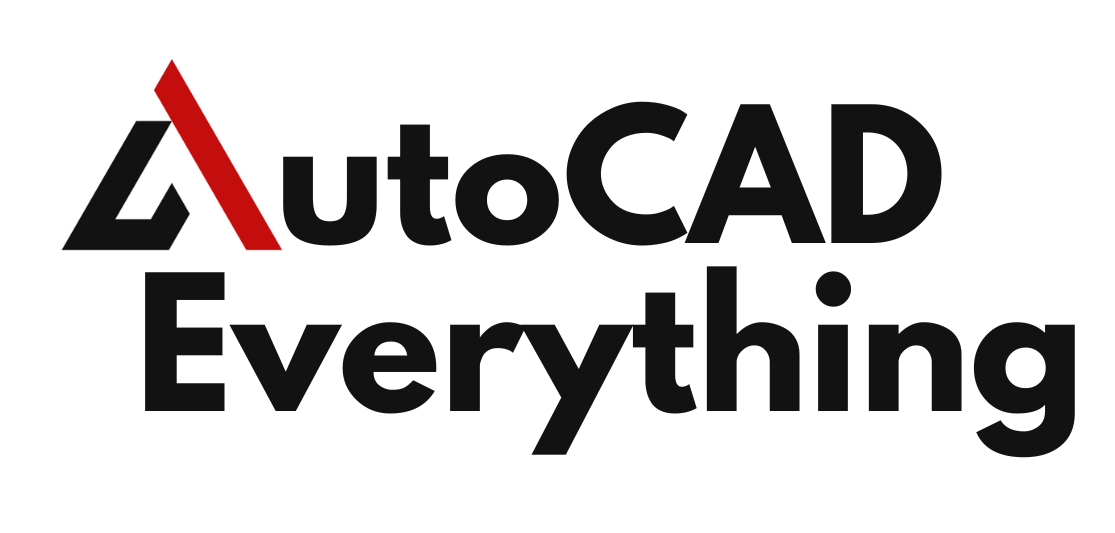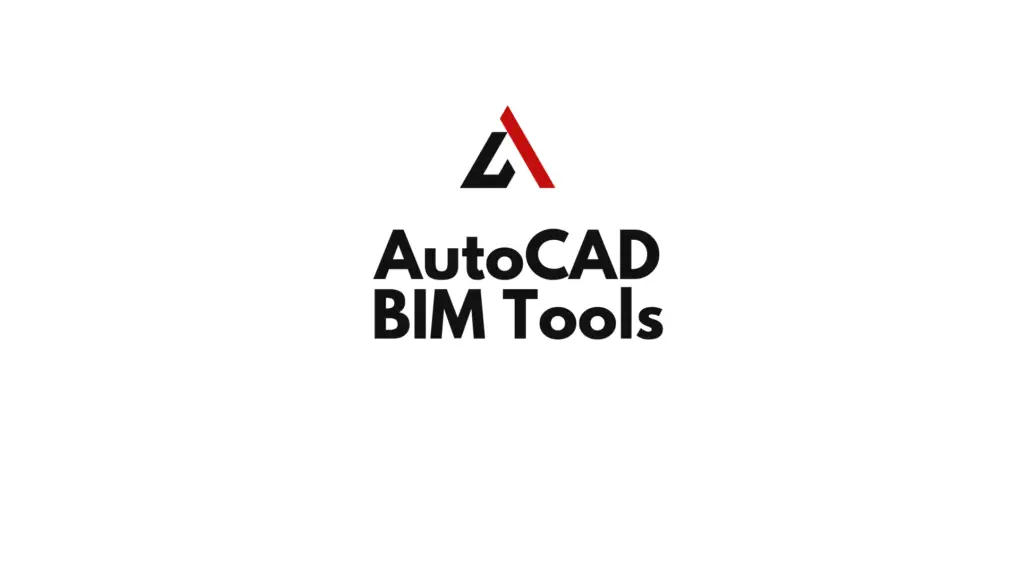Introduction
Building Information Modeling (BIM) has revolutionized the architecture, engineering, and construction (AEC) industries by enhancing the way buildings are designed, documented, and managed. While AutoCAD is primarily known as a drafting tool, it also plays an essential role in supporting BIM workflows. By leveraging AutoCAD’s powerful tools, architects and designers can participate in AutoCAD BIM related tasks, from creating precise drawings to contributing to 3D models with essential project data. This article will explore how AutoCAD integrates with BIM, detailing key tools and workflows for architecture professionals.
Table of Contents
What is Building Information Modeling (BIM)?
Building Information Modeling (BIM) is a collaborative process that involves creating and managing digital representations of physical and functional characteristics of a building. BIM enables architects, engineers, contractors, and other stakeholders to share data and coordinate more effectively throughout the lifecycle of a project, from design and construction to maintenance and demolition.
Key aspects of BIM include:
- 3D Modeling: Creating detailed 3D representations of buildings that include information about geometry, materials, and systems.
- Data Integration: Embedding important data (such as material properties, cost estimates, and energy performance) into the model to support decision-making.
- Collaboration: Facilitating real-time collaboration among various disciplines involved in the project.

How Does AutoCAD Fit into BIM?
AutoCAD supports many aspects of BIM by enabling users to create detailed 2D drawings, 3D models, and comprehensive documentation that can be integrated into larger BIM workflows. While dedicated BIM tools like Autodesk Revit are more commonly used for creating complete BIM models, AutoCAD remains essential for tasks like drafting, annotation, and generating construction documentation.
AutoCAD’s role in BIM includes:
- Creating Accurate 2D Drawings: Precise technical drawings and annotations are fundamental to BIM projects, and AutoCAD excels in creating these with detail and accuracy.
- 3D Modeling: AutoCAD’s 3D modeling tools allow architects to create building models that can be integrated with BIM platforms.
- Data Exchange: AutoCAD supports file formats like DWG and DXF, which can be exchanged with other BIM software, allowing seamless integration of AutoCAD drawings into a BIM workflow.
- Annotating and Documenting Models: AutoCAD’s annotation tools are useful for adding important data to models, such as material specifications, dimensions, and schedules.
AutoCAD Tools for BIM-Related Tasks
1. Layers and Layer Management
AutoCAD’s layer management system is a powerful tool for organizing and controlling the visibility of different elements within a drawing, which is crucial when working with BIM models.
- Creating Layers for BIM Elements: In BIM workflows, specific layers can be dedicated to different components such as walls, doors, windows, electrical systems, and plumbing. This ensures that each element is organized and can be easily referenced.
- Layer Control for Coordination: Layers also help in coordination tasks, allowing you to view or hide certain aspects of the building as needed. For example, you can isolate the structural elements on one layer while viewing the architectural elements on another.
- Layer Standards: Consistent layer naming conventions help ensure that drawings integrate seamlessly into larger BIM environments. Use standardized naming formats, such as A-WALL for walls or S-STRUCT for structural elements, which align with industry standards.
2. Dynamic Blocks and Parametric Constraints
Dynamic blocks and parametric constraints are essential for creating reusable, flexible components in AutoCAD, making it easier to handle changes and updates in a BIM workflow.
- Dynamic Blocks: AutoCAD’s dynamic blocks allow you to create smart objects that can change shape, size, or orientation based on specific parameters. For example, a window block can be set to adjust width and height automatically while maintaining predefined proportions, reducing the need to redraw components manually.
- Parametric Constraints: Parametric design in AutoCAD involves setting up geometric or dimensional constraints on objects to maintain relationships between different elements of a drawing. For example, you can ensure that the width of a room adjusts proportionally when the length changes. This level of flexibility is important in BIM workflows where design iterations and modifications are common.
3. Annotative Objects and Data Management
AutoCAD’s annotative objects are particularly useful in BIM for managing scales and maintaining consistent data across different views and drawings.
- Annotative Text and Dimensions: Use annotative text, dimensions, and hatches to ensure that annotations automatically adjust their size relative to the drawing scale. This consistency is important when creating detailed construction documents that need to maintain clarity across multiple sheets or scales.
- Data Extraction Tools: AutoCAD’s data extraction tools can pull information from the model to generate schedules, quantities, and other reports. For example, you can extract data about the number of doors or windows in a project, which can then be exported and shared with the broader BIM model.
4. 3D Modeling and Solids for BIM Integration
While AutoCAD is traditionally associated with 2D drafting, its 3D modeling capabilities are integral to BIM workflows, especially when contributing to a shared model.
- Creating 3D Solids: AutoCAD allows you to create detailed 3D solid models that can be exported and integrated into BIM platforms like Autodesk Revit or Navisworks. These models can represent architectural elements such as walls, columns, roofs, and furniture.
- Using Surfaces and Meshes: In addition to solid modeling, AutoCAD supports surfaces and meshes, which are useful for creating more complex geometric forms. For example, you might use surface modeling to create an intricate roof structure or a curved facade.
- 3D Navigation Tools: AutoCAD’s 3D navigation tools, including the ViewCube and Orbit, allow you to explore and manipulate 3D models interactively. These tools are essential for reviewing and validating 3D components before integrating them into a BIM workflow.
5. Collaboration Tools: Xrefs and External References
Collaboration is key in BIM, and AutoCAD’s external reference (Xref) tools are perfect for sharing and managing large sets of drawings within a project.
- Xrefs for Coordination: Xrefs allow you to link external files (such as floor plans or structural drawings) into your AutoCAD model without directly embedding them. This keeps file sizes manageable and ensures that any updates made to the referenced file are reflected in your drawing.
- Managing Linked Files: Use Xref Manager to organize and control the visibility of referenced drawings. In a BIM environment, this is particularly useful when different disciplines (e.g., architecture, MEP, and structural) are working on the same project.
- DWG to BIM Format Conversion: AutoCAD supports exporting DWG files that can be used in other BIM software. For example, AutoCAD models can be exported to IFC (Industry Foundation Classes), which is a standard file format used for BIM.
6. BIM Data Exchange and File Interoperability
AutoCAD supports interoperability with various BIM platforms, making it easier to share data across different software environments.
- DWG Files in BIM Workflows: AutoCAD’s native DWG format is widely supported in BIM software, allowing architects to exchange floor plans, elevations, and sections with engineers, contractors, and other stakeholders.
- Exporting to IFC: The IFC (Industry Foundation Classes) format is an open-standard file type used in BIM. AutoCAD supports exporting 3D models and data to IFC, making it possible to transfer building information across different BIM platforms seamlessly.
- Collaboration in Autodesk BIM 360: Autodesk’s BIM 360 platform integrates AutoCAD into a cloud-based environment where team members can collaborate in real-time. Using BIM 360, AutoCAD drawings and models can be shared, reviewed, and edited by multiple stakeholders simultaneously, enhancing coordination and efficiency.
AutoCAD vs. Dedicated BIM Software (Revit)
While AutoCAD is a powerful tool for BIM-related tasks, dedicated BIM software like Autodesk Revit offers more advanced features tailored specifically to BIM. Understanding the difference between the two can help you decide when to use AutoCAD within a BIM workflow.
- AutoCAD: Best suited for 2D drafting, creating detailed technical drawings, and contributing to BIM through data exchange, AutoCAD is ideal for early-stage design development and construction documentation.
- Revit: As a BIM-specific tool, Revit is designed for creating intelligent 3D models that include not just geometry but also detailed information about building systems, materials, and components. It is better suited for managing entire BIM projects from design through to construction and facility management.
Best Practices for Using AutoCAD in BIM
- Adopt Layer Naming Conventions: Use standardized layer names and organization to ensure that AutoCAD drawings integrate smoothly into BIM models. Consistent naming conventions facilitate collaboration and coordination with other team members.
- Leverage Data Extraction: Use AutoCAD’s data extraction tools to pull useful information from the model, such as schedules or material quantities, and integrate this data into the broader BIM process.
- Coordinate with Xrefs: Use external references to keep your drawings modular and reduce file size. This is particularly useful when coordinating with multiple disciplines, such as structural and MEP teams, in a BIM project.
- Integrate 2D and 3D: Although AutoCAD is known for 2D drafting, combining 2D and 3D modeling in your workflow allows for greater flexibility. Export 3D models to BIM software to further refine and develop the design.
Conclusion
AutoCAD may not be a full-fledged BIM platform, but it plays an essential role in BIM workflows for architecture. With its powerful drafting tools, 3D modeling capabilities, and seamless data exchange, AutoCAD allows architects to create detailed, information-rich drawings that integrate with larger BIM processes. By understanding and utilizing AutoCAD’s BIM-related tools—such as layers, dynamic blocks, 3D modeling, and external references—architects and designers can enhance their workflow, improve collaboration, and contribute effectively to BIM projects.
FAQs
- Can AutoCAD be used for full BIM workflows?
AutoCAD supports many BIM-related tasks, such as drafting, modeling, and data exchange. However, for full BIM workflows, a dedicated BIM tool like Revit is more appropriate. - What is the role of AutoCAD in BIM?
AutoCAD is commonly used for creating 2D construction documentation, developing detailed drawings, and contributing to BIM models through data exchange and integration with other BIM software. - How do I export AutoCAD drawings to BIM software?
AutoCAD drawings can be exported to DWG, DXF, or IFC formats, which can be imported into BIM software like Revit or Navisworks. - Can AutoCAD handle 3D models for BIM?
Yes, AutoCAD can create detailed 3D models that can be integrated into BIM platforms. These models can be exported as DWG or IFC files for further refinement in BIM software. - What are Xrefs in AutoCAD, and how are they useful in BIM?
Xrefs (external references) allow you to link other AutoCAD files into your drawing. This helps in managing large projects and coordinating different disciplines, such as architecture and engineering, within a BIM workflow.

